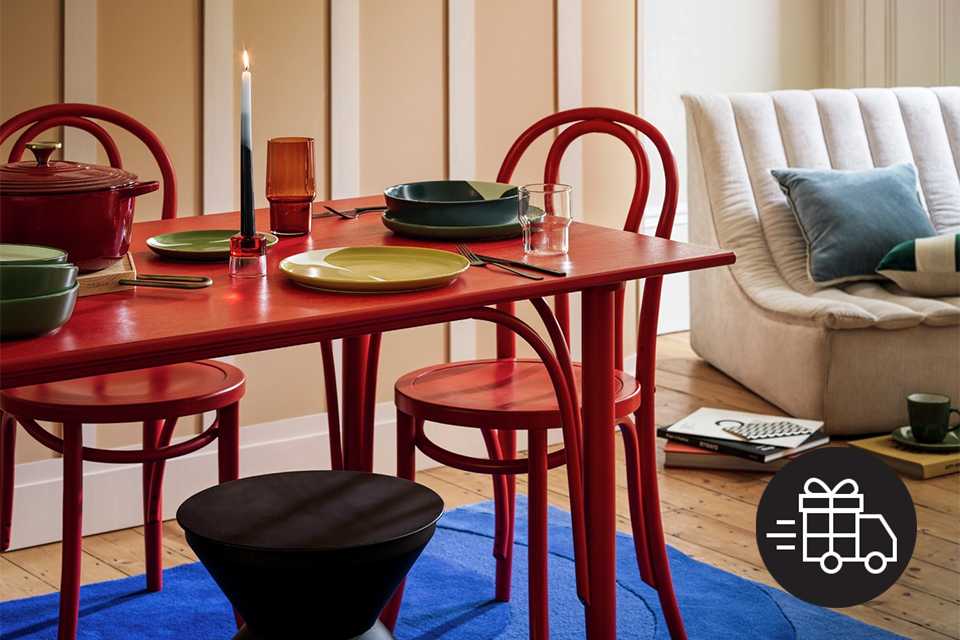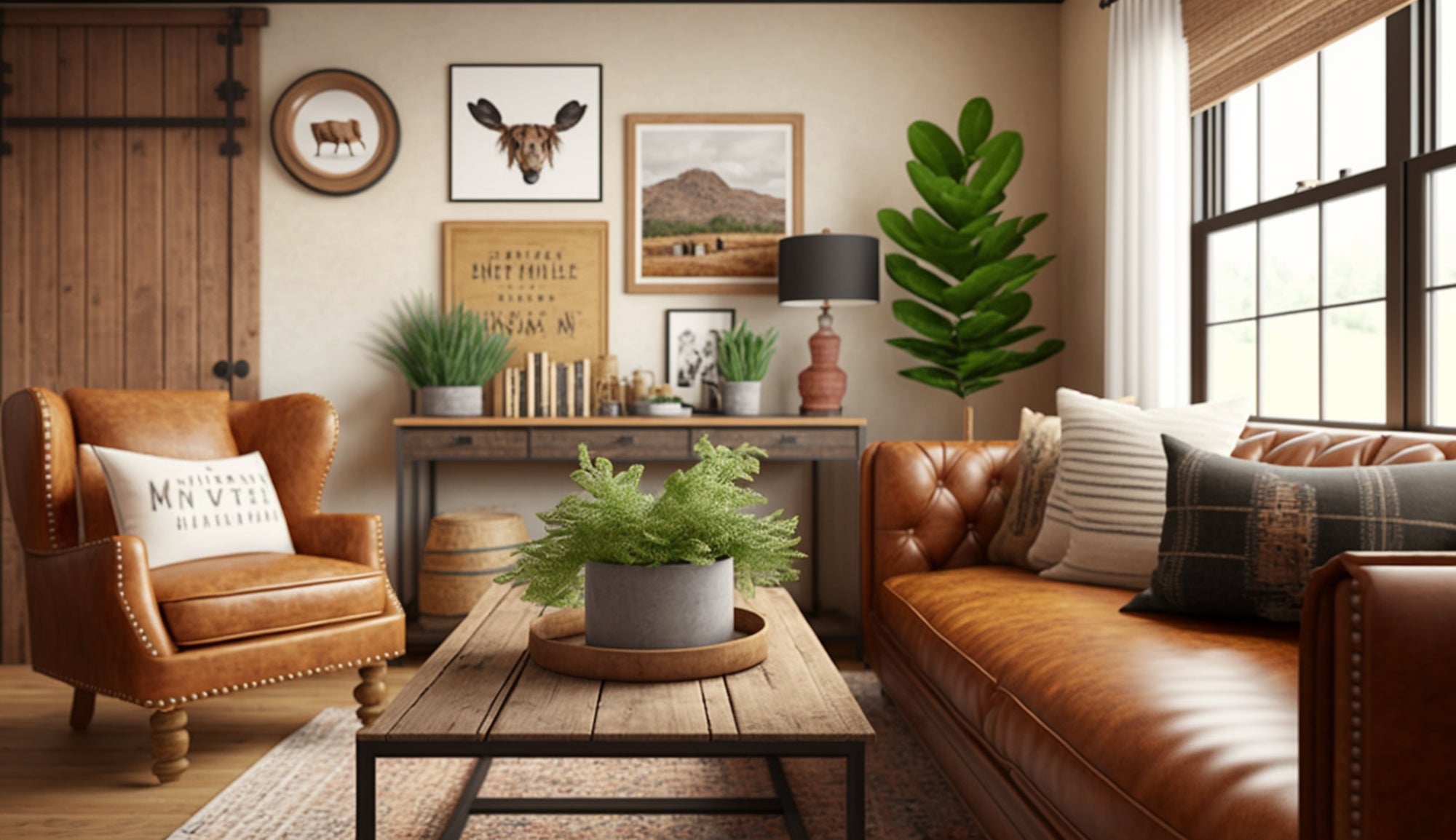The Latest Trends in Lasting Furniture Style for Eco-Conscious Purchasers
The Latest Trends in Lasting Furniture Style for Eco-Conscious Purchasers
Blog Article
Elegant and resilient: The Best Products for Long-Lasting Furnishings
The choice of materials for furniture layout is a critical consider attaining both resilience and design. Hardwoods like oak and maple not only provide visual warmth however additionally supply extraordinary stamina, while engineered timber provides an appealing option for budget-conscious customers. In addition, the surge of metal furnishings offers a contemporary side with exceptional resilience. Nonetheless, the growing emphasis on sustainability presents a new measurement to product option, triggering a reevaluation of ecologically friendly choices. The question continues to be: which products will eventually strike the perfect balance between durability and aesthetic charm in your area?
Strong Timber Options

Softwoods like want and cedar also existing viable choices, albeit with various attributes. Pine is very easy and lightweight to function with, making it an excellent choice for rustic furnishings, while cedar is normally resistant to decay, ideal for outdoor applications.
It is vital to think about the desired use the furniture when picking a timber type. Items that endure heavy wear must prioritize more challenging timbers, while attractive products might benefit from softer, extra visually enticing selections. Eventually, the best selection of solid timber not just enhances the longevity of the furnishings but also elevates the overall aesthetic of the home.
Engineered Wood Conveniences
Engineered wood, often referred to as composite timber, provides numerous benefits that make it a compelling choice for resilient furniture. Among the main advantages of engineered timber is its enhanced security contrasted to solid timber. Created from layers of timber fibers or veneers, it reduces the risk of warping and breaking, which are usual concerns with natural wood due to adjustments in moisture and temperature.

Additionally, engineered wood is an eco-friendly option, as it utilizes smaller trees and wood by-products, advertising lasting forestry methods. The manufacturing procedure also results in much less waste, making it a liable choice for eco-conscious consumers.
Steel Toughness
Supplying remarkable strength and resilience, metal is a prime material selection for long lasting furnishings. Recognized for its durability, steel can stand up to significant deterioration, making it a suitable choice for both commercial and property atmospheres. Whether it is steel, light weight aluminum, or wrought iron, each kind of steel offers distinct buildings that add to the overall durability of the furnishings.
Steel, for example, is celebrated for its high tensile toughness and resistance to flexing, making sure that pieces continue to be structurally audio over time. Aluminum, on the other hand, is resistant and light-weight to corrosion and deterioration, making it particularly ideal for outdoor furniture. Wrought iron, with its conventional allure, flaunts phenomenal sturdiness and can sustain extreme weather condition conditions without compromising its honesty.
Along with its physical homes, metal furnishings usually goes through safety treatments, such as powder coating or galvanization, which even more improve its resistance to scratches and environmental elements. This degree of sturdiness makes steel furniture a worthwhile investment, as it not just keeps its aesthetic appeal however also stands the examination of time, guaranteeing capability for years ahead.
Upholstery Choices
Selecting the right upholstery is crucial for boosting both the toughness and aesthetic appeal go to my blog of furniture. Upholstery products can substantially affect the durability of an item, with choices varying from all-natural fibers to artificial textiles.
All-natural fibers, such as cotton and bed linen, offer breathability and convenience however may call for even more upkeep to endure fading and wear over time. Alternatively, woollen is a robust option known for its strength and resistance to discoloration, making it appropriate for high-traffic locations.
For those seeking longevity with less maintenance, artificial materials like polyester and nylon offer outstanding choices. These textiles are commonly engineered to be fade-proof and stain-resistant, making them suitable for households with animals or children. Microfiber, a subtype of polyester, is specifically prominent for its soft structure and easy cleansing properties.
Leather, while usually extra costly, adds an ageless style to furniture. Its all-natural sturdiness permits it to age beautifully, creating a distinct patina in time. Nevertheless, it needs particular maintenance to maintain its luster.
Inevitably, selecting upholstery includes balancing aesthetic preferences with sensible considerations, ensuring that the furniture not just looks excellent however also stands the test of time. Furniture.
Sustainable Materials
Highlighting ecological responsibility, lasting materials have gained prominence in furniture layout, reflecting an expanding recognition of eco-friendly effect. These products not only reduce the carbon footprint however likewise ensure the long life of furnishings, adding to a circular economic climate.
Typical sustainable products include reclaimed wood, which repurposes existing timber, decreasing the demand for logging. Bamboo is an additional exceptional option; it is fast-growing and needs minimal resources, making it an environmentally friendly alternative to conventional hardwoods. Additionally, recycled metals and plastics are significantly used in furniture manufacturing, advertising waste decrease and resource conservation.
All-natural fibers such as organic cotton, hemp, and linen are favored for furniture, as they are naturally degradable and cost-free from dangerous chemicals. Using low-VOC (volatile natural compounds) adhesives and surfaces further boosts the sustainability of furniture, ensuring much better indoor air top quality.
Verdict
Strong timbers like oak and maple offer strength and one-of-a-kind character, while engineered timber offers security and cost-effectiveness. Lasting materials such as redeemed wood and bamboo contribute to environmental obligation, making them suitable for contemporary furnishings solutions that prioritize both style and sturdiness.
Engineered timber, usually referred to as visit this site composite wood, offers numerous advantages that make it an engaging option for lasting furniture. One of the primary benefits of crafted wood is its enhanced stability contrasted to strong timber. Created from layers of wood fibers or veneers, it decreases the risk of warping and cracking, which are typical issues with natural wood due to modifications in humidity and temperature.
Strong timbers like oak and maple provide stamina and unique character, while crafted timber here provides stability and cost-effectiveness. Sustainable products such as recovered timber and bamboo contribute to environmental obligation, making them excellent for modern furnishings remedies that focus on both style and longevity.
Report this page